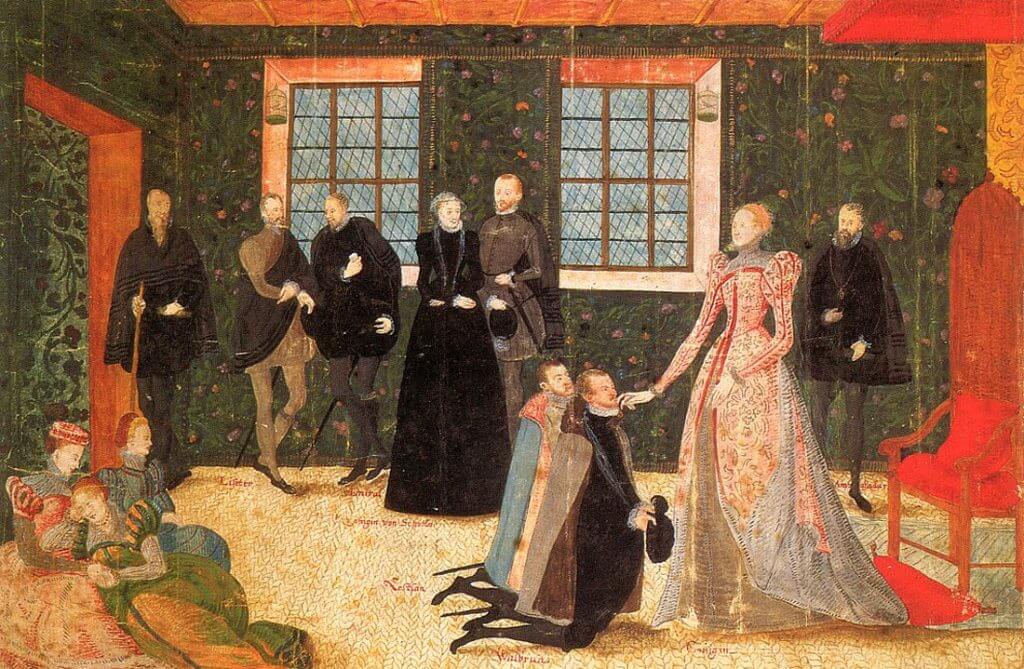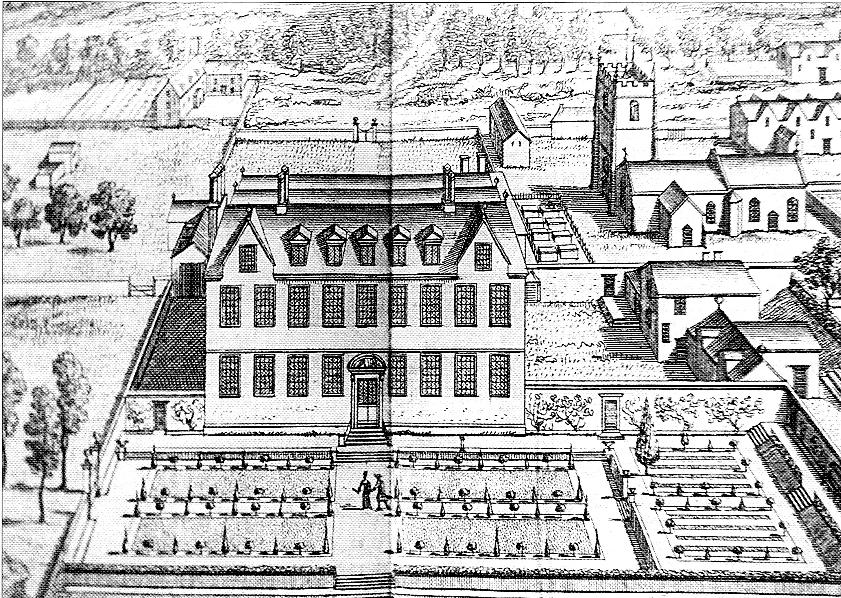The History of Window Glass
The sun was worshipped by ancient civilisations and human beings have always needed light within their dwellings to allow for daily tasks. Natural light was welcome, artificial light was introduced once man understood the concept of fire.
First discovered
The glass was first discovered in Roman-occupied Egypt, and the earliest evidence of manmade glass can be traced back to 4000 BC where it was used as glazing for stone beads. From 100BC, glass blowing was well-established but the glass was not popularly used as a window material as the impurities within it made it densely coloured. However, by the first century AD, colourless glass was in production. When the Romans occupied Britain, they brought the glass-making process with them but the glass was not used for windows until much later.
16th century England

Early windows were not glazed but open and in the 16th century in England, most were designed to be covered with shutters or oiled cloth, paper or even thin sheets of the horn. Glazing was the prerogative of the wealthy only and reserved for buildings of high status and the most common design were small panes of glass set into lead strip latticework or what is known as leaded lights.
In Tudor times, the use of glass became more widespread but was still reserved for those with status and deep pockets. The Italian Renaissance in the 17th century changed window shapes in England and introduced the classic concept of a square divided into four by a mullion and transom. This was closely followed by the introduction of the sash window which featured crown glass.
Crown glass

Crown glass was an early type of window glass so-called because the glass was blown into a crown or hollow globe. The glass was then flattened by reheating and spinning out the bowl shape into a flat disk. The glass was then cut to size. The thinnest and clearest glass was at the edge of the disk with thicker and more opaque glass towards the centre which was used for less expensive windows. In the 18th century, the sash design evolved with the glazing bars becoming thinner and the window size more standardized with six over six being the most common arrangement.
Crown glass was first made in London in 1678 and up until the 19th century, crown glass was one of the two most common processes for making window glass, the other was a process called a blown plate. The 19th century saw some changes and a move away from the simple grid style arrangements, this included narrow margins on windows filled with coloured glass and curved glazing bars to mimic the Gothic design. Sash Windows grew larger and glazing became more affordable as glass became easier to make.
The History of Window Glass: Cylinder sheet process
In 1834, a cylinder sheet process was developed in Germany and the concept imported into Britain producing higher quality glass in larger sheets at far less cost. Glass became more prevalent in the home particularly as this period combined with the abolition of the window tax. The early 20th century marked a move away from hand-blown to machine manufactured glass. In 1903, laminated glass was introduced which improved public safety hugely and allowed for use of much larger panes or sections of glass. Laminated glass also removed the need for glazing bars.
Windows mass production
Mass production in the 20th century created several ways to produce high-quality glass in increasingly large sizes and volumes. One of these methods was called the float process where molten glass floats on a bed of molten tin and this is still widely used today. Double glazing was introduced in the late 20th century and glass continues to evolve with thermal efficiency in a single-glazed lightweight pane the goal for many glass manufacturers.